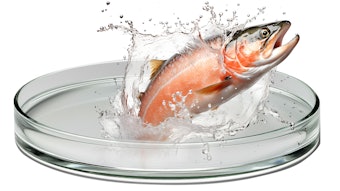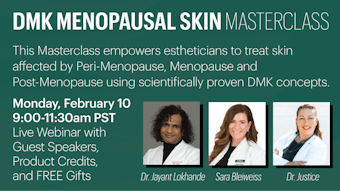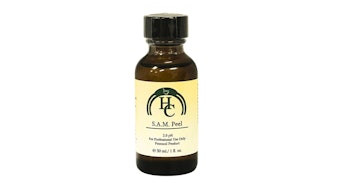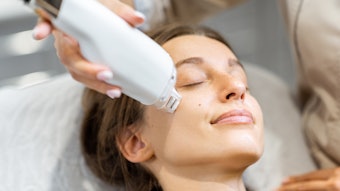
With facial fillers rising in popularity, it is important for professionals to recognize the signs of vascular complications. Even those with years of experience and skill can experience complications after filler injections. According to this study by PRS Global, hyaluronidase injections are essential for every esthetic physician providing fillers, as it is important for managing intra-vascular hyaluronic acid (HA) filler-related cutaneous complications.
The Case Report
A 50-year-old woman received injections with an HA concentrate of 20mg/mL from an experienced injector who used a 27 G sharp needle. The injections were made on the right and left side of the client's face.
Approximately 15 minutes post the injections, blanching appeared on the right malar area of the skin. Heat packs were applied for ten minutes with no improvement to the condition, and 25 minutes after the injections were made, a livedo reticularis pattern was noticed on the right side of the face.
It was decided to dissolve the HA filler material using 1,000 units (U) of high-dose pulsed hyaluronidase due to the cheek and nose skin areas becoming involved in the condition. After 60 minutes another 1,000 U of hyaluronidase was injected when the mottling was still present on the skin. A third injection of 1,000 U of hyaluronidase was made another 60 minutes after the previous injection.
The Findings
Intra-arterial injection can be recognized and identified from blanching followed by livedo pattern like in the patient noted above. It is important to be able to notice and diagnose these symptoms upon seeing them.
Other indicators include pain, but this can be harder to notice with the local anesthetic that is included in most filler injections. When it comes to treating the condition with hyaluronidase, it is important to know the entire area that is involved with the patient.
The amount of hyaluronidase varies on the location of the condition, but it is typically suggested to use 500 U for 1 vascular territory and 1,000 U for 2 areas. Starting this treatment technique should be done once the condition is noted, and should not be instigated any later than 72 hours to avoid scarring or skin necrosis.
The high-dose pulsed hyaluronidase treatments works based on the concept that a sufficient amount of hyaluronidase with a high concentration level is necessary for a long duration so that it can dissolve the HA material in the affected area.










